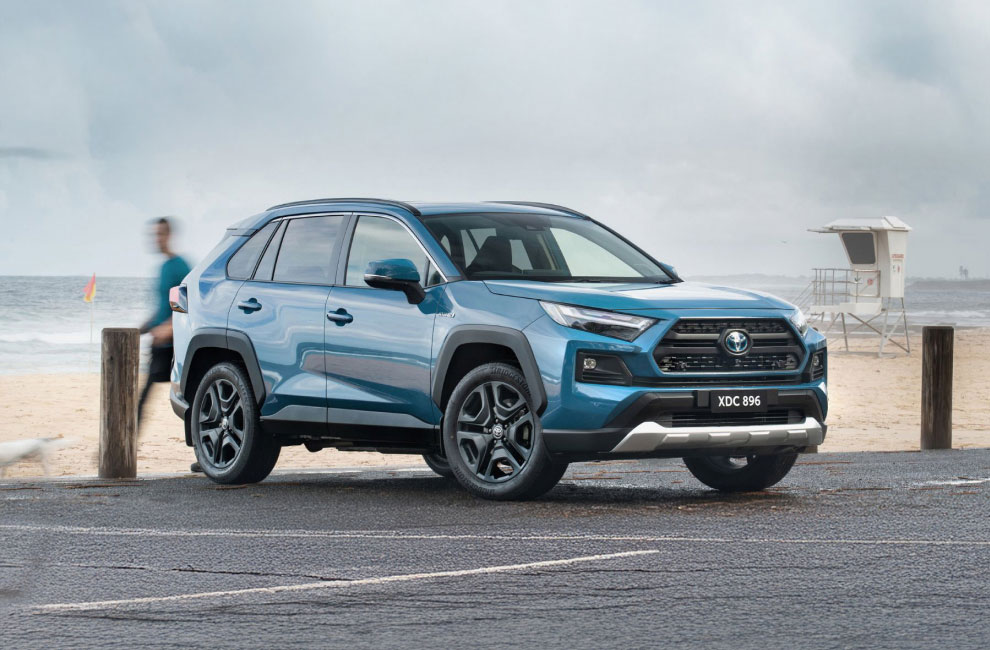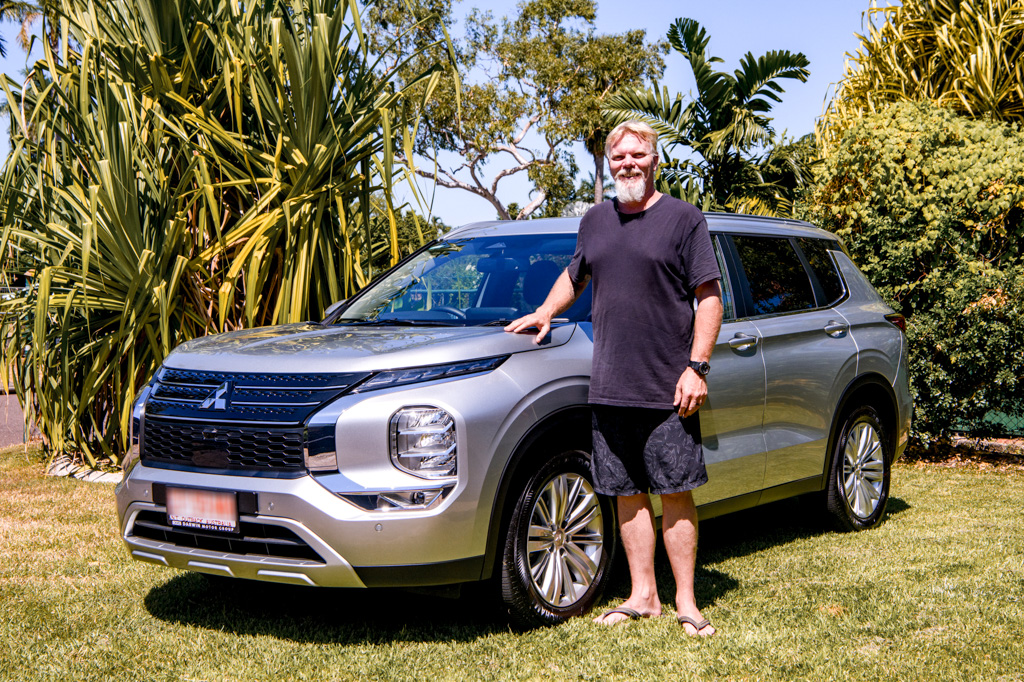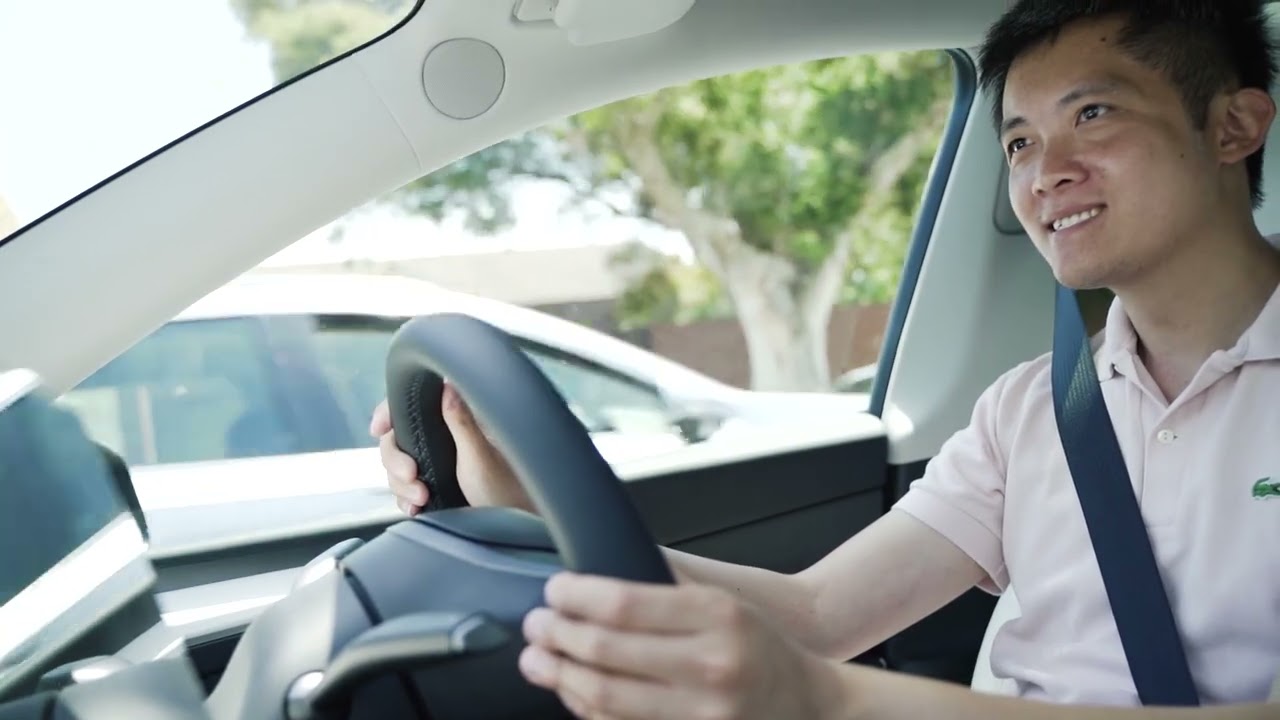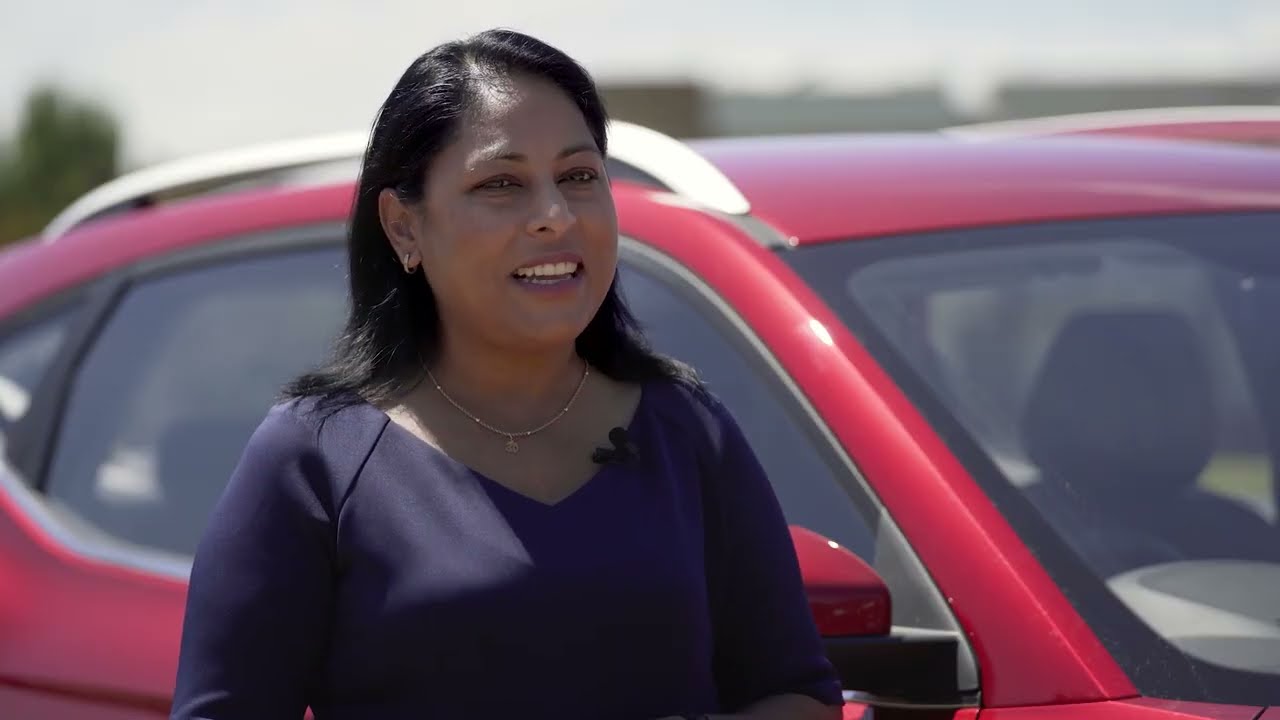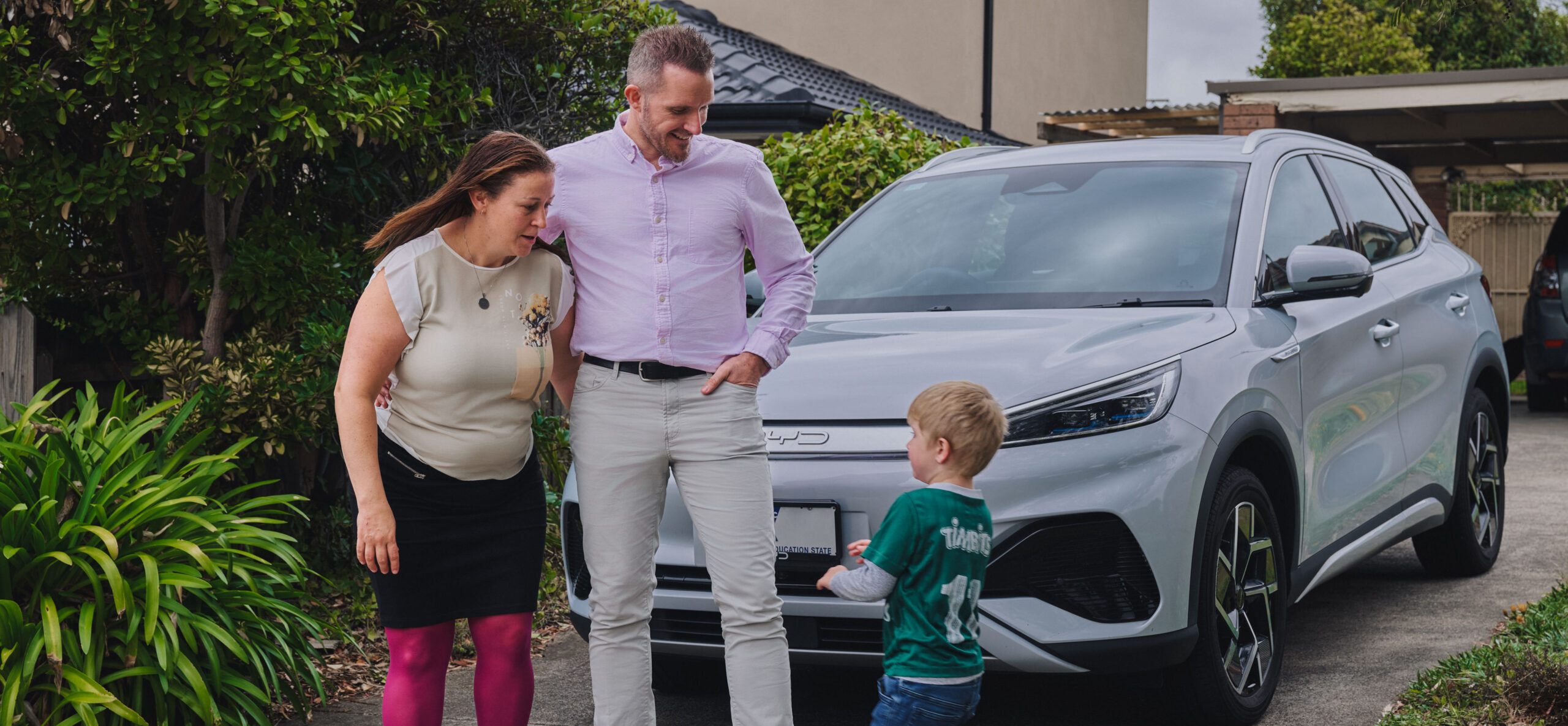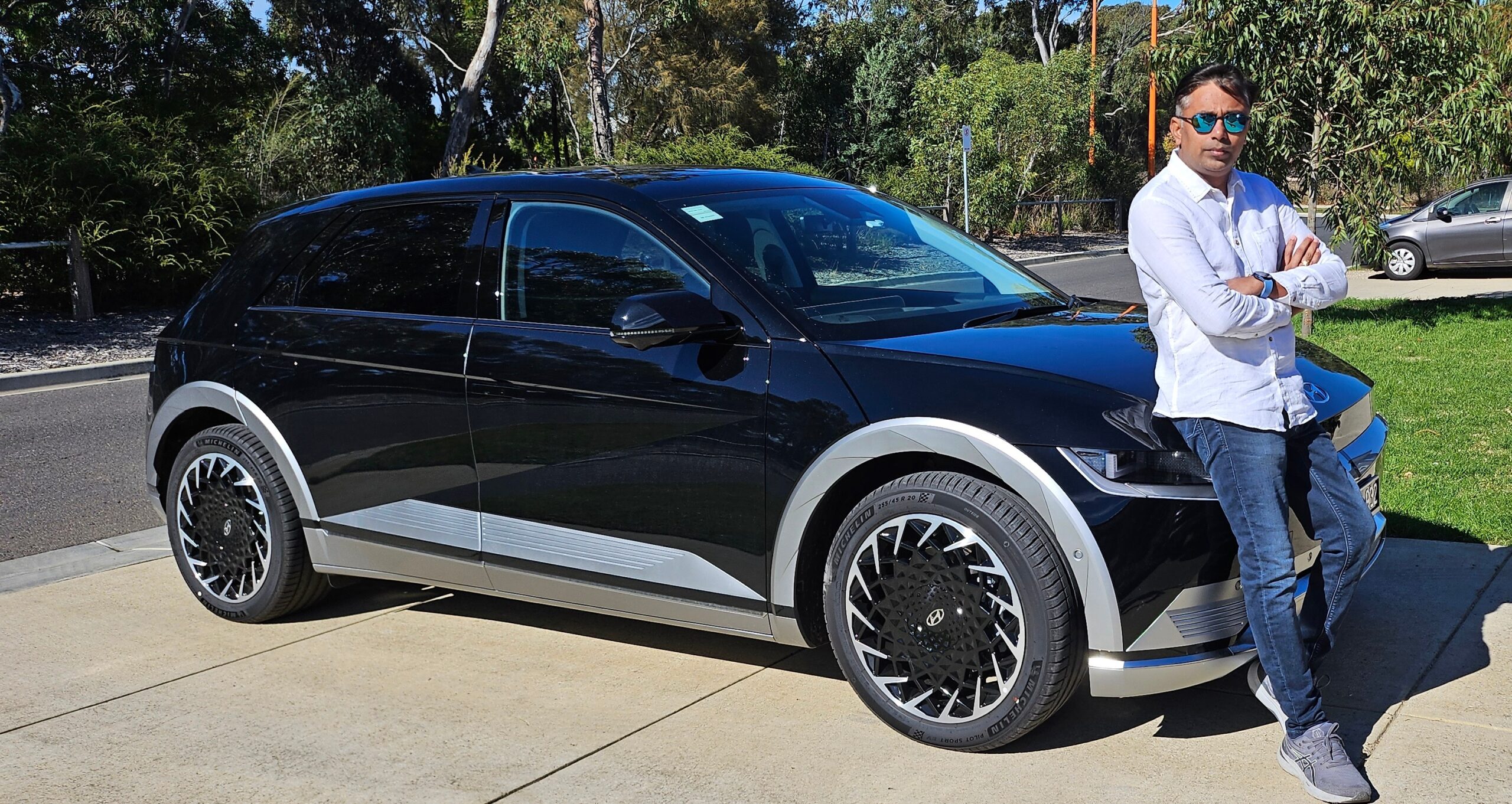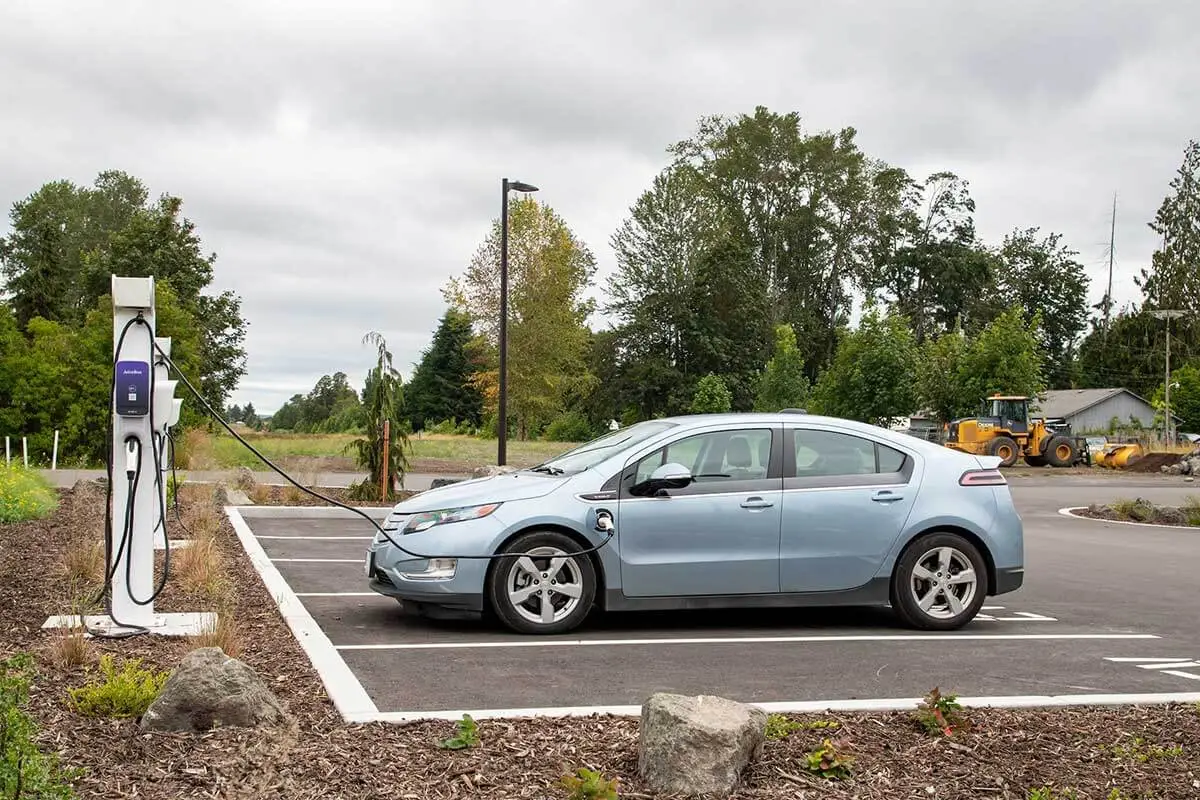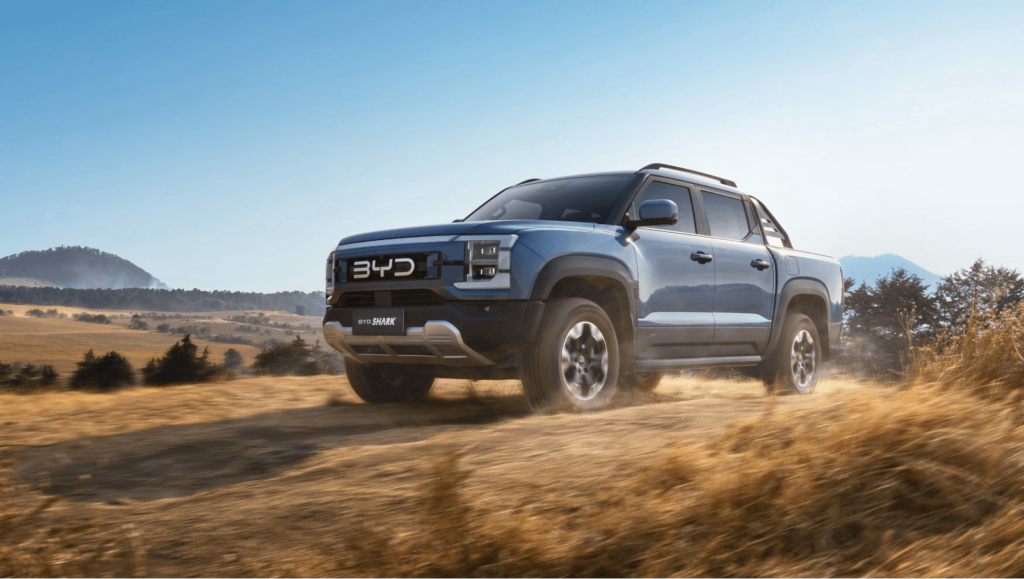
Read how the World’s First PHEV Ute Stacks Up
The highly-anticipated BYD Shark has arrived in Australia, coming in as the world’s first plug-in hybrid (PHEV) ute and shaking up Australia’s booming dual-cab segment. With the potential to shift the way Australians think about fuel efficiency, sustainability, and even financial savings on their utes, the Shark brings performance, innovation, and efficiency to the forefront. Here’s how the BYD Shark measures up, from its strong points to a few areas worth considering.
Class-Leading Electric Range
Thanks to a large 30kWh ‘Blade’ battery, the Shark offers up to 100km of electric-only range, which should be enough for those frequently commuting in urban areas. Driving under electric power could provide significant savings in fuel costs while also reducing emissions, particularly for low-speed city driving. Fully electric utes are yet to become a thing, but the Shark is a great intermediate step as we transition, without the potential fear of range anxiety.
Financial Advantages for Novated Leasing
With a maximum payload of 790kg, the Shark’s under-one-tonne capacity aligns well with the benefits of a novated lease, particularly as it qualifies for the Fringe Benefits Tax (FBT) exemption that typically doesn’t apply to heavier options. This makes the Shark a financially savvy choice for buyers seeking a dual-cab with maximum tax savings, setting it apart from most competitors.
Powerful Performance
The Shark’s PHEV setup, producing a combined 320kW, results in an impressive 0-100km/h time of just 5.7 seconds – faster than many sports cars while making it the quickest ute in its segment. This power output eclipses even that of the twin-turbo V6 Ford Ranger Raptor (292kW), giving performance-oriented buyers a compelling reason to consider the Shark.
Advanced Safety Features
Safety is a key priority with the Shark, as it comes equipped with an extensive suite of features to protect both driver and passengers. Key safety technologies include advanced driver-assist systems like lane-keep assist, adaptive cruise control, autonomous emergency braking, and blind-spot monitoring. There’s also an extensive exterior camera view package and enough airbags to pass ANCAP’s five-star credentials (not yet tested at time of writing). These features add significant peace of mind, especially for busy families and commuters.
Pioneering V2L and Rapid Charging Capabilities
With Vehicle-to-Load (V2L) capability, the Shark can power external appliances such as tools and camping equipment. Plus, its 40kW DC fast charging option is significantly higher than what’s offered by any other PHEV currently on sale in Australia, allowing faster recharges. So, you could charge the battery before a trip or before heading to the work site, and then use that energy to power tools or equipment once you arrive. No other ute currently offers this level of functionality.
Innovative Suspension System
The Shark includes a four-wheel independent suspension setup with double-wishbones front and rear, and 282mm of ground clearance. This is a very rare layout usually only reserved for supercars and racing cars, let alone a vehicle in the ute segment. It is designed to offer a smoother and more refined ride, especially on uneven surfaces, with dynamic handling and steering accuracy thanks to superior camber control. Compared to traditional leaf-sprung setups with live axles used in other dual-cab utes, the comfort here is on a different level. This drives more like a luxury SUV than a rugged old truck.
A Few Things to Consider
Reduced Towing Capacity
Although the Shark provides strong acceleration and innovative hybrid power, its towing capacity of 2500kg is lower than the standard 3500kg mark, which may deter those frequently hauling larger loads. However, this is on par with some other popular utes like the Ford Ranger Raptor, making it suitable for moderate towing needs.
Off-Road Ruggedness
While the Shark boasts a healthy 282mm of ground clearance and some underbody protection, its full off-road capability is still an open question. Independent suspension and the hybrid powertrain may limit its ruggedness, especially compared to more traditional off-road-focused utes that have been developed in Australian conditions. Serious off-roaders might also be disinclined to steer away from raw and basic heavy-duty mechanical setups.
Complex Powertrain
With a combustion engine, dual electric motors, and advanced electronics, the Shark’s powertrain is complex. While PHEVs offer significant benefits in terms of environmental and cost savings, long-term maintenance costs are yet to be discovered. The big battery (for a PHEV) could also require maintenance or replacement further down the track, especially if damaged during off-roading.
Overall Rating: 9.0/10
The Shark offers substantial FBT savings, especially in comparison to conventional non-PHEV utes like the Toyota Hilux and Ford Ranger, which don’t qualify for the same exemptions. Combined with its efficiency and emissions reductions, the Shark on a novated lease presents significant overall savings, making it an enticing choice for business buyers and everyday users alike.
With impressive power, leading electric range and battery tech, and lots of practical-minded features, it is certainly an enticing option in the dual-cab ute market right now. If you want the latest and greatest, and a superb blend of refinement and everyday functionality, this one is worth checking out.
FLARE EXCLUSIVE: To secure a novated lease on a brand-new BYD SHARK 6 with no deposit and zero FBT, simply get in touch by filling out the form here.

